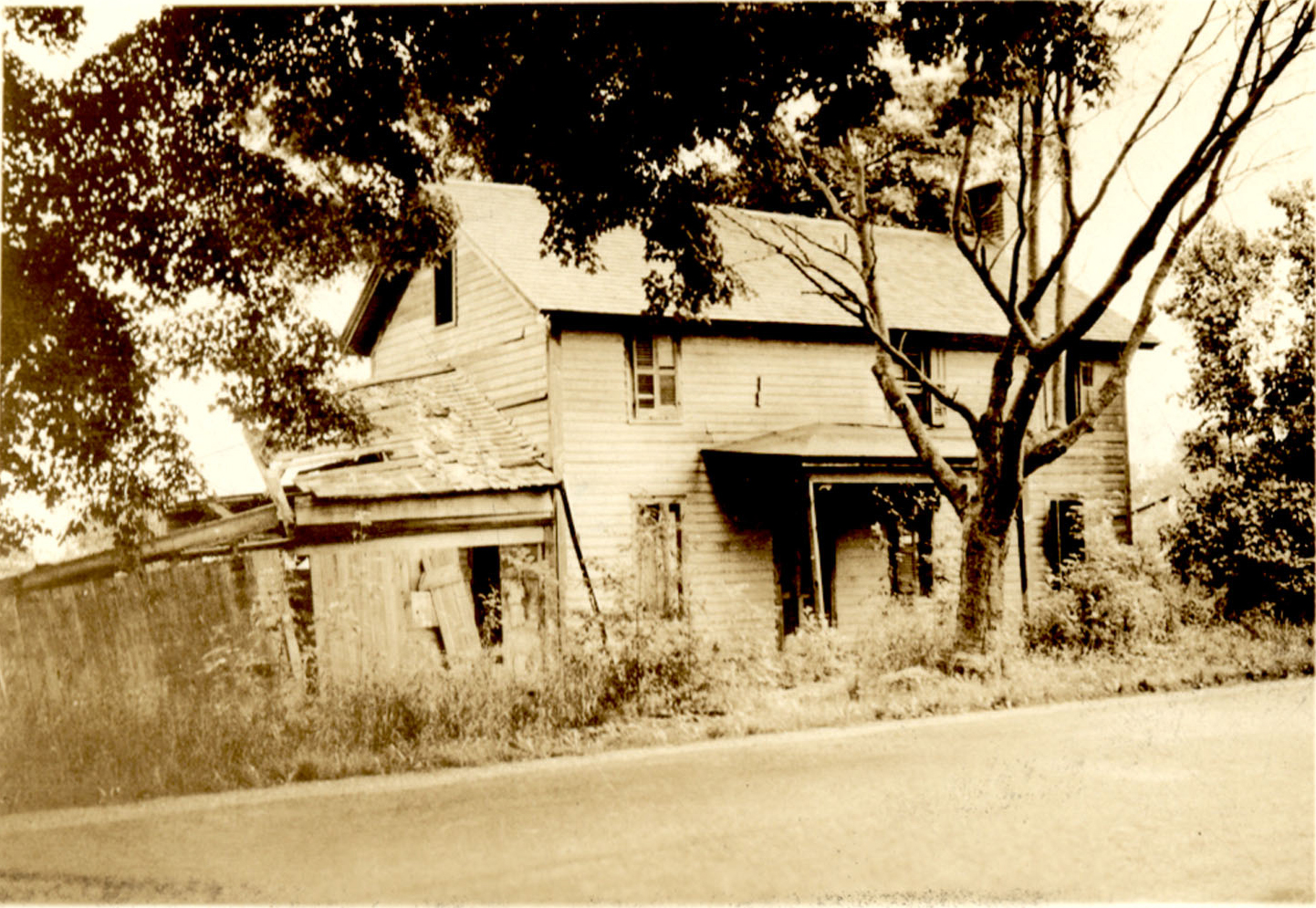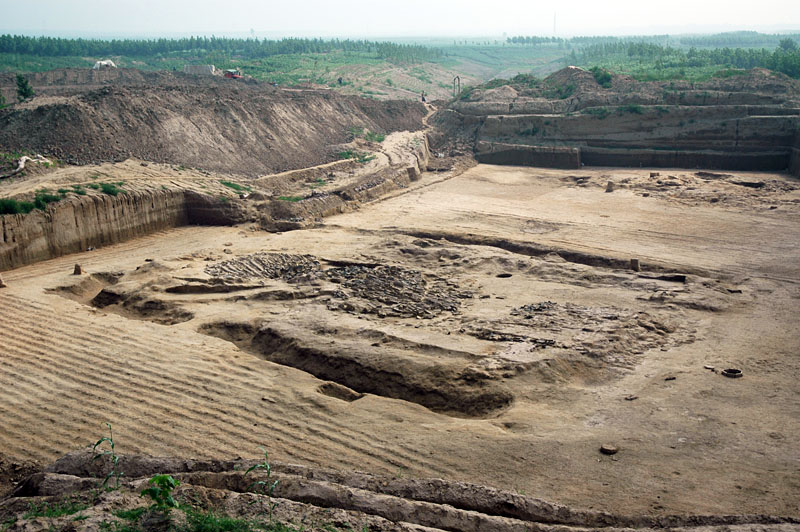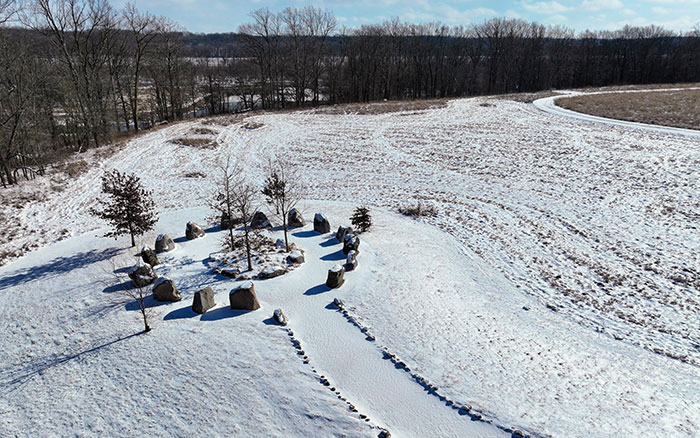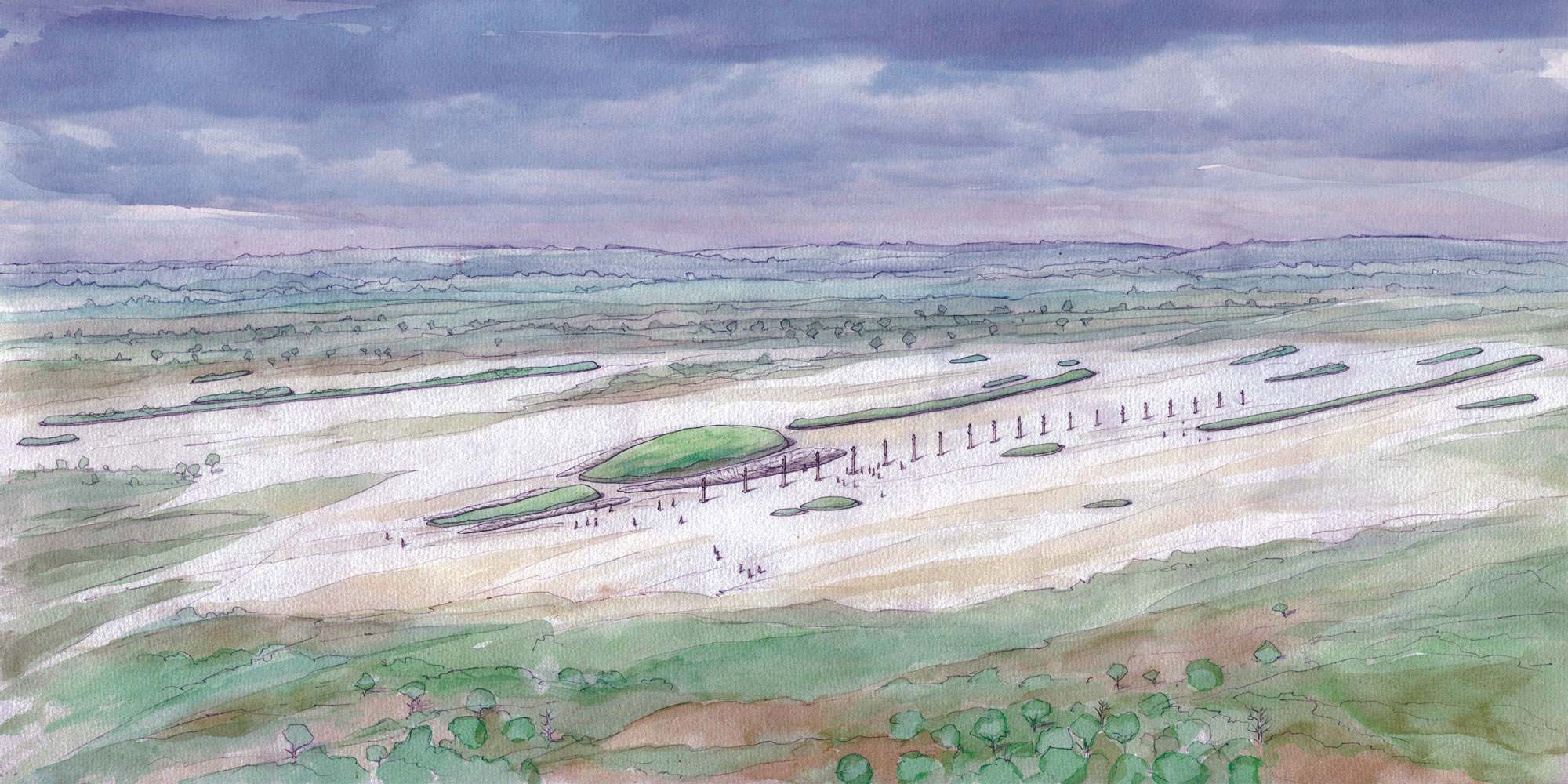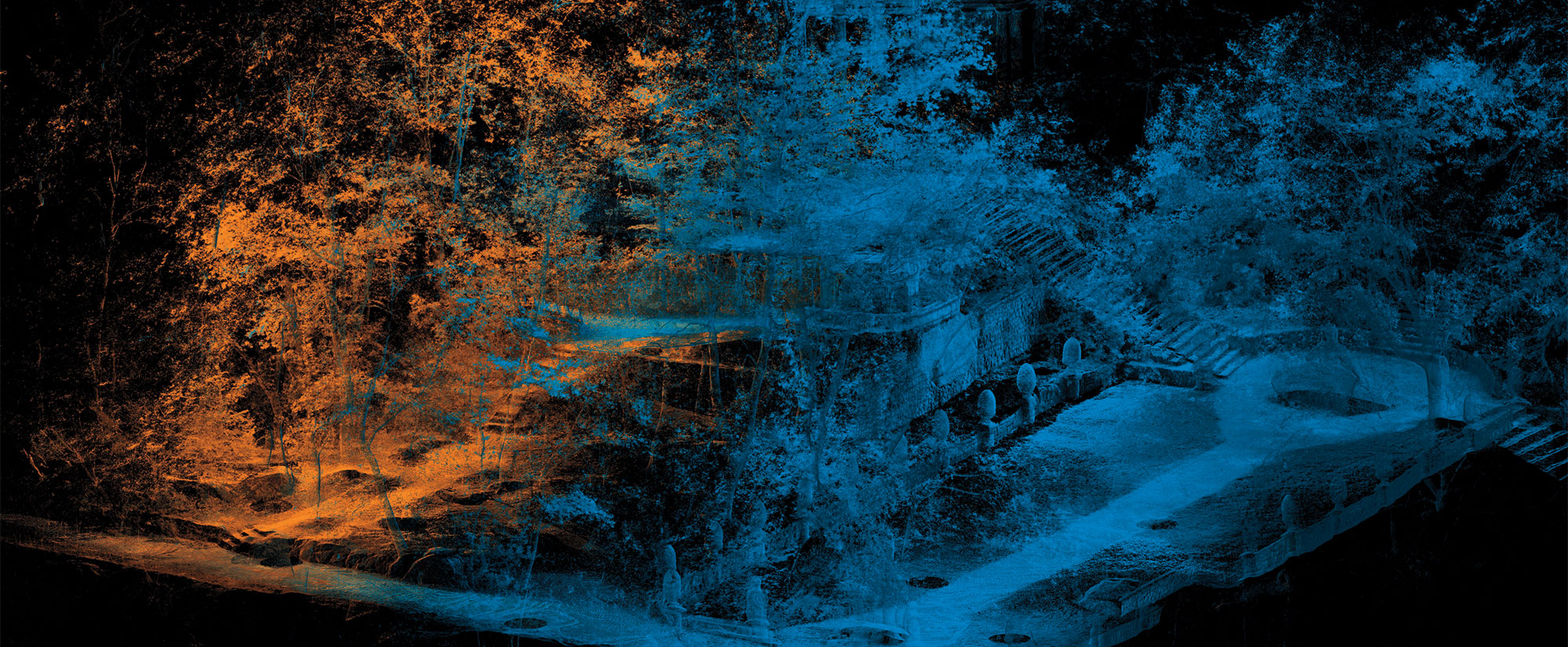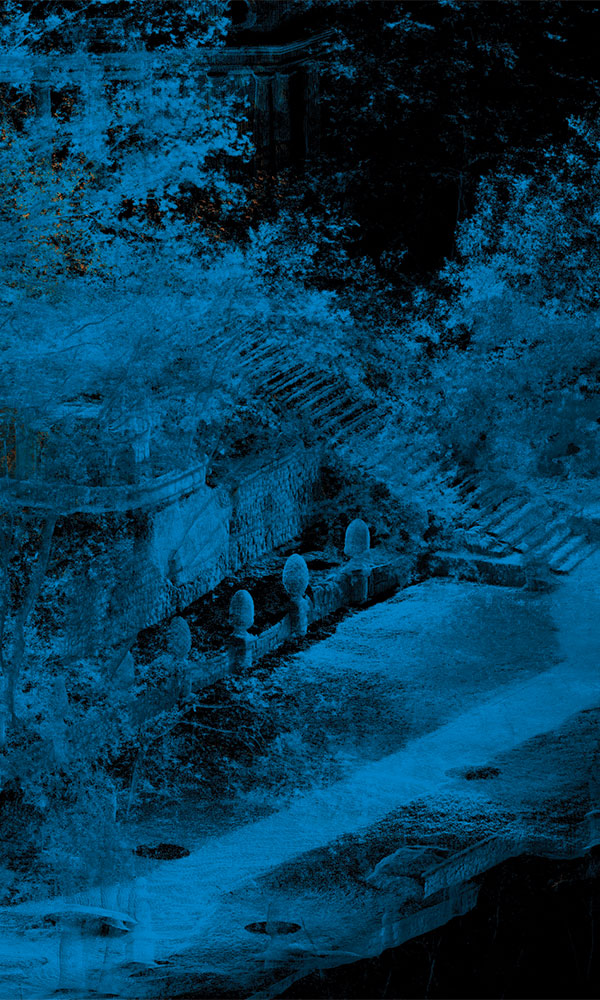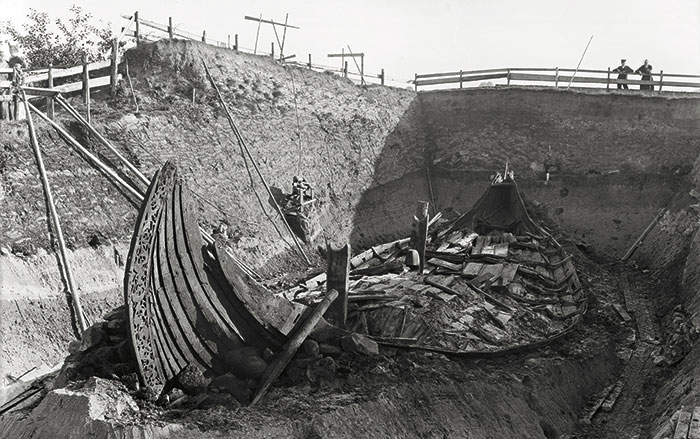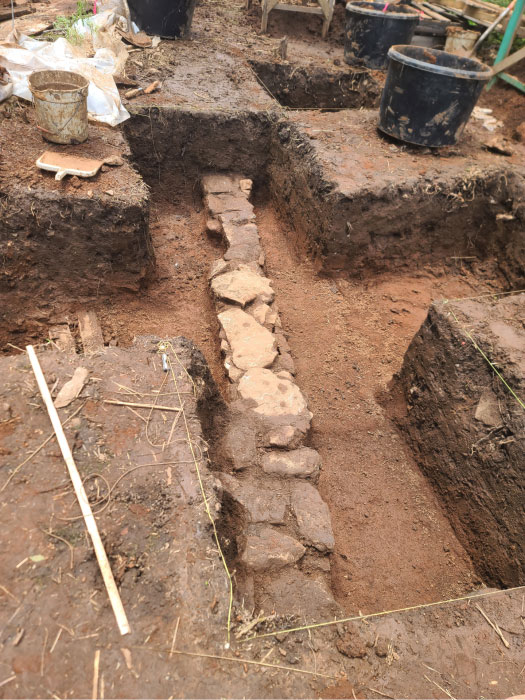
SPRINGFIELD, MISSOURI—Missouri State University announced that a team from the Center for Archaeological Research (CAR) located what remains of one of Springfield’s earliest homesteads at the McKenzie-Townsend site, a find that is being hailed as a momentous archaeological discovery. The property was built in the 1830s by William Townsend, who moved to Missouri from Tennessee in 1832 and lived on the land with his family and enslaved individuals until the mid-1850s. Although previous excavations nearby uncovered Civil War–era buttons and other nineteenth-century artifacts, the exact location of the original house remained unknown until archaeologists unearthed a 10-foot-long section of an interior wall foundation. The prevalence of nails at the site suggests that the building had wooden floorboards, and excavations within the house revealed a layer of floor sweepings that included ash, ceramics, and other debris that had likely fallen through the cracks in the floor and settled below. “It’s neat,” said CAR director Kevin Cupka Head. “You don’t really find sites this early with so much intact. It offers a glimpse of daily antebellum life in Springfield.” The team is hoping that future excavations at the site can also identify several outbuildings and one of the region’s earliest pioneer cemeteries, the whereabouts of which have been lost for over a century. To read about a notorious wagon train that set out from Independence, Missouri, in 1846, go to "Letter from California: A New Look at the Donner Party."



